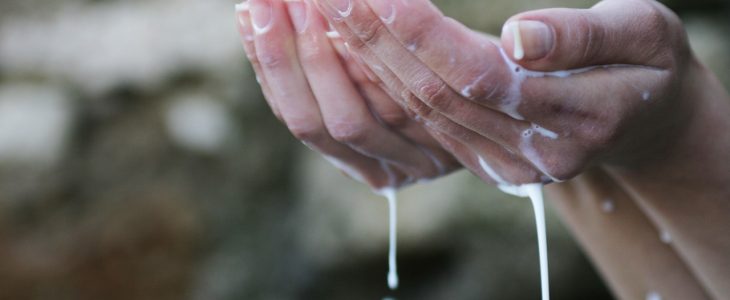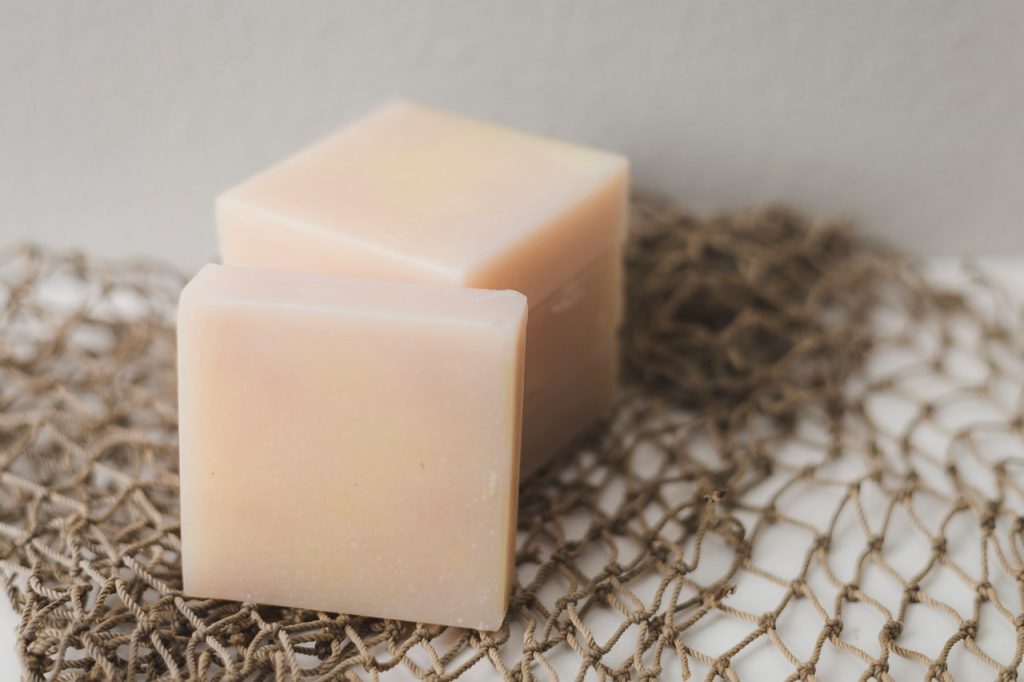
Our skin happens to be our largest organ, and it plays a vital role in maintaining our youth. It protects us from injury, disease and keeps our body temperature regular. Therefore, it is essential to keep your hands in great shape and avoid dryness and cracking – which can lead to infections. I actually get my hand wash at a coastal home interiors store, but these days you can find beautiful soaps almost anywhere.
While soap gets sold to us on the basis that it removes germs, dirt, some act as a virus protection barrier and helps to remove dead skin cells, not all soaps are created equal. If you are using the wrong soap, it might be doing more harm than good.

Conventional soaps damage your skin
Over time, it has come to light that soaps are made with fats and oils that contain alkali such as lye. Lye can wreak havoc on your hands, by changing the pH level and stripping away the vital oils. Healthy skin pH needs to be around 5.5 (which is a little acidic), but the conventional soaps tend to have a higher pH, normally sitting at about 11. One of my favourites is the Australian bondi wash.
When the skins pH levels get too high, the body will produce excess sebum so it can fight back and get the natural pH levels back to where they were. Soap residue can interfere with this cycle where the disruptive pH is maintained. The result is often skin that is too oily. Soap residue emulsifies or binds to the surfaces fatty oil patterns.
It doesn’t take long for the skin to become damaged from using cheap and nasty soaps. Common signs that your skin is being affected is itching, irritation, dryness and inflammation. Cheap soap can also worsen certain skin conditions like dermatitis, eczema and sensitive skin.
Should you ditch the soap for good?
If you are not sure about what ingredients your soap contains, then you shouldn’t be using them. Bar soaps are the worst because they have a more alkaline pH than what your skin is. Shower gels are different and get created with emulsifiers and surfactants, which make the gels closer to our skin’s natural pH.
Instead of ditching hand wash all together, you can actually make your own! Making hand wash by yourself is an excellent way to track what ingredients are going in, and how it is forming together. From oatmeal to honey exfoliators and sugar scrubs, there are so many DIY healthy hand wash recipes you can choose.
Brit+co have natural recipes to make handwashes that will scrub off dirt and dead skin cells. It works well at keeping your hands hydrated without causing any damage to the natural skin barrier.
Doing the patch test
When you are trying new products, even those that you make yourself always test a small area of skin first and wait 24 hours to see if you have an adverse reaction.
Using organic products
The best washes to use on your hands and skin are those you make yourself, with healthy, safe ingredients or organic natural soaps. Organic soaps tend to be less harsh on the skin than commercially produced soaps. Organic solvents use higher quality fats and oils throughout the saponification process.
Healthy and safe ingredients that work well for handwashes are coconut oil, shea butter, and olive oil which function as the base for organic soaps.
When buying soap ensure it’s good quality and check the ingredient list to avoid the following:
- Phthalates
- Sodium Laureth Sulphate
- Sodium Lauryl Sulphate
- Parabens
- Artificial fragrance
- Synthetic colouring agents FD&C Yellow etc




